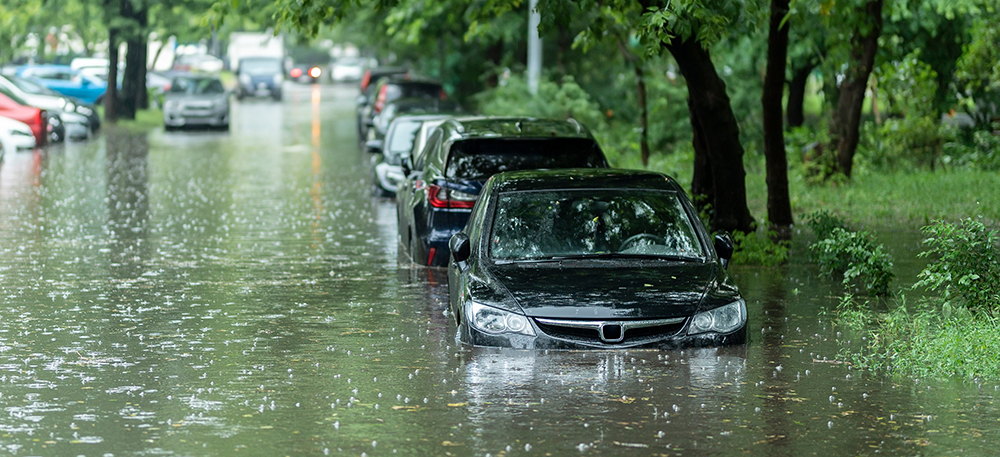Providing Solutions
The Liveops VirtualFlex platform is uniquely built to deliver flexibility to meet surges in call volume. Plus, the unique model attracts people who love to help, and who are highly motivated to achieve results.
That’s because Liveops connects a distributed workforce of independent contractor agents with the freedom and flexibility of a remote working environment. Since every agent is an independent contractor, they have the flexibility to work the schedule that fits best into their personal calendar. Through VirtualFlex, these agents are empowered to build their own home-based business.
These home-based business owners are certified on the insurance company’s brand and procedures, and are always ready to answer when disasters strike. Every day, they take first notice of loss (FNOL) calls for the client, and they work with the caller from start to finish.
These are complex calls that require excellent listening skills. Being contractors who commit to working when it best suits them, the agents tend to work less than 40 hours a week (called Right-Time scheduling). Not only does this avoid burnout, it also creates cushion. So that when a catastrophic event happens, they have the availability and willingness to step up and commit to more hours if needed. Importantly, because the agents are already certified on the brand and their systems for steady-state volume, and because they aren’t already committed to a 40-hour work week, ramping up for, during and after a catastrophe proves seamless.
Empathetic listening skills are crucial for this type of program, paired with a dedicated attitude to find solutions for customers the first time.
One agent, named Daniel, who served the insurance company through the VirtualFlex platform said this, “Having experienced and weathered many hurricanes in my life, I was eager and ready to assist customers in need due to Hurricane Ida. I was glad to be able to help with Additional Living Expense claims and to help those with damages begin the process to get back to normalcy. I truly feel for those affected as I have been there myself. It feels great to be able to help in a very difficult time for so many.”
The Liveops community of agents are committed to empathy, and these contractors align with the purpose of the Liveops VirtualFlex concept: to be there when people need it most. With mission at the core, they have been a positive force for customers any time disaster strikes.






